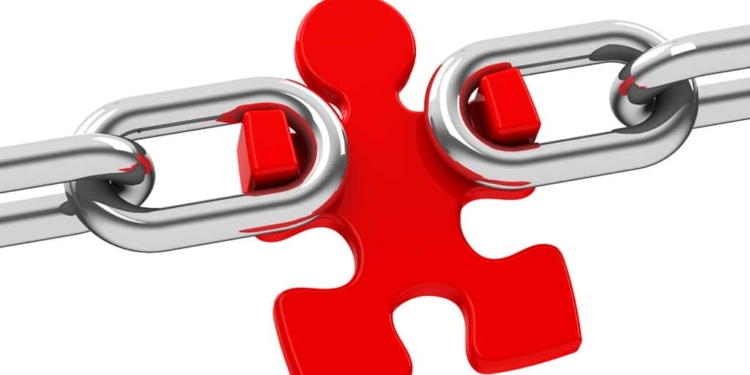Source: SMT iConnect007 article
by Nolan Johnson, I-Connect007.
The ripples start at the very front of the process. The engineering and design teams make choices about the performance characteristics for their project, then select components that fit their performance windows.
Hundreds and even thousands of little choices must be made about which capacitor, resistor, tolerances, materials, and packages; it goes on and on and on. In a traditional design flow, the project team tends to use the parts they already know and have footprints for—maybe a little long in the tooth, but known quantities, after all.
Except these are not traditional times. Component supplies, prices, and lead times are in a great deal of turmoil. The automotive, IoT, and telecommunications sectors are vacuuming components out of the supply chain at a record pace, exerting influences like early obsolescence of older components and more.
With the design completed, the design team passes the bill of materials—including components and the fabricated board, etc.—to the procurement folks. The job is done for the design team, right? Not so fast. Some of those little component decisions—especially the ones to go with a tried-and-true, always-been-there, two-cent passive—may actually be little bombs waiting to go off in that BOM.
Procurement takes over, goes through the BOM line-by-line, and finds all sorts of parts that are no longer able to be sourced through primary suppliers. Those time-honored big-package discretes have gone end of life! Nothing in that size can be found! By the time the buyer finds something that fits the performance specifications, it’s in a 0201 package—but the BOM calls for a 0804.
Now, the procurement team sends two memos: one to the design team to identify the sourcing stalemate, and one to the product manager to tell them the new product introduction schedule is now at risk. Then, procurement makes a flurry of phone calls to try to source parts in non-primary channels, maybe even turning in desperation to grey-market sources.
The problem is even if this crisis gets resolved in procurement, the team still isn’t in the clear. As fast as component availability is changing currently, things aren’t sorted just because the project has moved into manufacturing. Those parts shortages could still arise during manufacturing or between the first and second production runs. No, it isn’t over yet. It seems like it right now, but it’s never over. The repercussions ripple up and down the supply chain at will.
To stay competitive and create long-lived products, design teams need to improve their component selections—and their design skill sets in some cases—to use the parts that will be available long term. They need to pay attention to parts availability in the short term too.
It may begin with the designers—and the designers certainly end up being held accountable to updating the design to keep the product current—but it takes the entire supply chain being in communication to keep everyone informed and in production.
As you will see from this issue, there are a LOT of moving parts to this set of circumstances. While the general consensus is that this is not just a radar blip in the supply chain, there will be relief. Approach these challenges with the right attitude and learn from the experiences of others under the same constraints, and when the relief comes, we’ll all be better and more flexible designers with some new traditional behaviors.
We kick it off with John Watson’s article outlining “A Veteran Engineer’s Perspective” on the current market. John delivers a great overview of a serious situation without losing his sense of humor in the process. Next, Andy Shaughnessy and I talk to Digi-Key COO, Dave Doherty, about the careful, small adjustments being made to improve the current shortages. Dave’s insight is valuable to
contract manufacturers and designing customers alike.
Speaking of designing customers, the I-Connect007 editorial team explored the value of incorporating parts availability, performance characteristics, and design tool parts definitions with Octopart’s Dan Schoenfelder. Stephanie Martin, senior VP of supply chain at Vexos, also spoke with the I-Connect007 editorial team on the root causes of the supply chain situation and how to adapt.
PCB fabrication is a critical step in this process, and Sunstone Circuits’ Matt Stevenson gives his insights to help us gauge the impact all this is having on the board fabrication business. In his article “No Rest for the Weary: Supply Chain Pressures Are Here to Stay,” Jamey Mann walks us through current best practices for ensuring a steady supply of critical parts during
these times of uncertain supply. Next, Natasha Baker, SnapEDA CEO, discusses how her company’s dynamic parts library for design tools can help identify supply issues while designing.
In his column “Knocking Down the Bone Pile,” Bob Wettermann considers the question, “How much is too much?” with respect to heating and cooling cycle limits on PCBs during both the manufacturing and potential rework phases. Given the changing dynamics of the supply chain calculus, rework comes once again to the fore.
This month, Eric Camden devotes his column to “The Effect of Thermal Profiles on Cleanliness and Electrical Performance.” He submitted a paper to the SMTA International 2014 proceedings,
and the topic continues to be timely. Eric refreshes that paper and continues the discussion.
Finally, John Vaughan’s column, “The Fourth Pillar of Defense Acquisition: Cybersecurity,” puts yet another variable into play for the supply chain crisis—the security of the data as
it moves through the chain of manufacturing. Quoting John’s column here, “In today’s digitized world, every one of these [infinite number of] supply chain touch points represents a
potential product security risk.”
After researching and conducting numerous interviews, it would seem that the dynamics and root causes of this crisis are generally well understood. What is emerging—and disruptive—
is the awareness that even when things get better, the “business as usual” we return to will not be exactly the way it was.
No, we’ll be doing things differently—and hopefully, better—once this is all over.

































